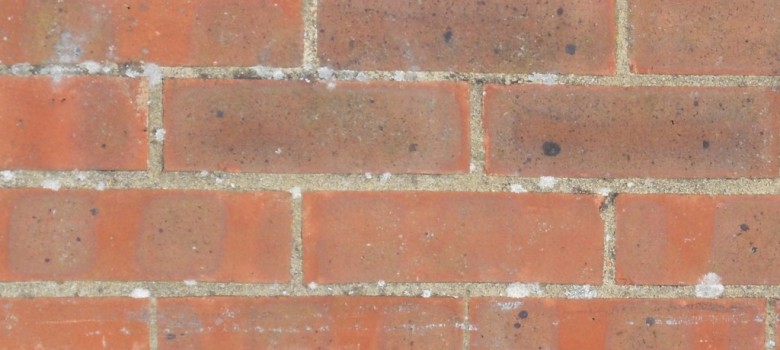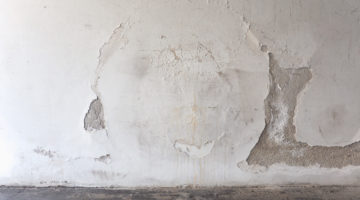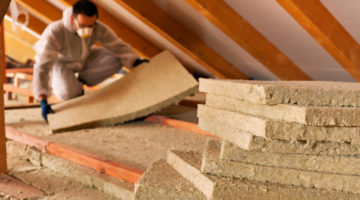
The majority of post WW2 brick properties has now had cavity wall insulation retrofitted over the past 30 years. Homes built in the last 80 years are usually built with cavity walls, with 2 layers of brick and a gap in between. The idea of this gap was to reduce the amount of damp and condensation on the internal walls, but it also had the added effect of being an insulator.
In the 1970s it was found that these gaps could be insulated by pumping an insulating material in between the brick work. Various free insulation schemes have come and gone over the years, with varying standards of insulation and types of installation system to be found across the country’s building stock.
When you are buying a house with cavity walls, there are a few things to check:
Have the walls been insulated?
The easy way to check this is to take a look at the brickwork. If you can see regular spots along the wall where the insulation has been injected, then you can be sure that the cavity has been filled. If the wall does not show these spots, it either hasn’t been filled, or it was built with insulation already. Usually, properties built from the late 80s onward have insulation already built in, whilst older 1930-1970s properties will not.

If all that fails, you can get a borescope analysis carried out to check on the cavity and find out if and what kind of material is present.
Is the insulation performing properly?
Insulation is usually good for a lifetime, in that it won’t need any maintenance or works for the most part. The key thing to look for is any damp spots on the internal walls. If you see this anywhere, it is possible, (though not certain) that the insulation is causing a damp issue and you will need to get the insulation removed. The cost of this sort of work is typically a few thousand pounds, so it is worth doing your research in this respect.
Is cavity insulation worth doing on your new property?
There used to be a lot of funding available for this sort of insulation, but that has disappeared recently. Now you will likely have to pay for the vast majority of the cost of the works yourself. Having said this, it is still worth getting your cavities insulated if it has not been done. Get a well respected contractor to do the works, and make sure you get a few different quotes and opinions on whether the walls are suitable and what material is the best choice.
If you would like to read more about cavity wall insulation, see our full guide here.
Here are some related articles that you might find useful with respect to buying a cavity wall property:
Removing Cavity Wall Insulation
A Cavity Wall Extraction Case Study
Cavity Wall Insulation in Flats
CIGA (Cavity Insulation Guarantee Association)











Cavity insulation is a great product IF your property is the right construction, it is not in a high exposure zone and finally it has been installed correctly.
If you have damp and it is coursed by retrofitted cavity wall insulation then get it removed as it will damage the property as well as the occupants health.
There are other ways to insulate you house!!! IWI internal wall insulation or EWI external wall insulation. A cavity is there for a reason Think before you fill…..
If anyone has a problem with cavity wall insulation it can be solved.